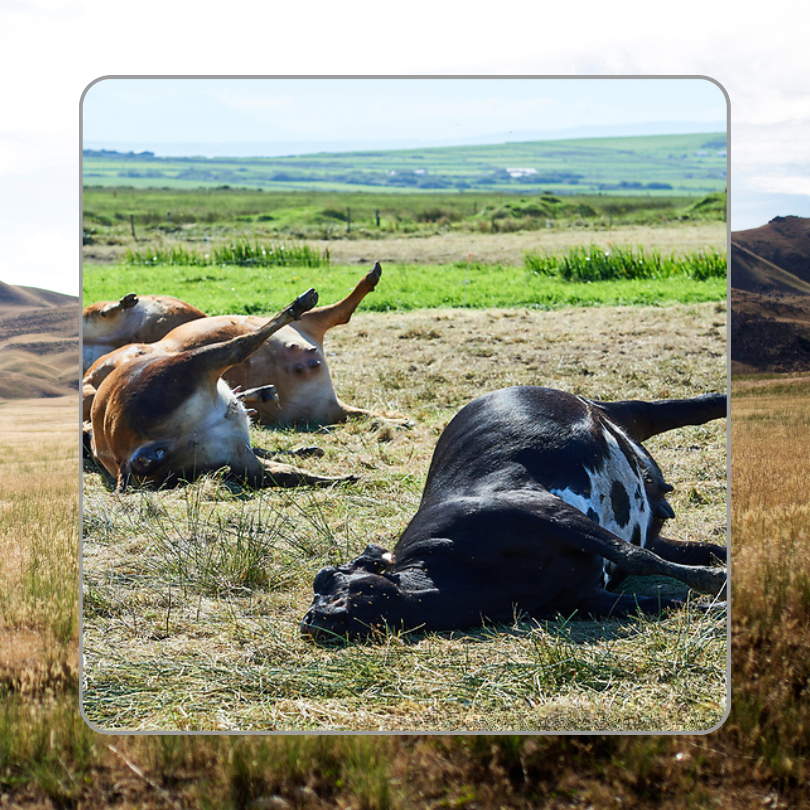
Anthrax Disease In Cattle
Anthrax Disease: Signs, Treatment, and Prevention
Responding to Farmers’ Questions
Farmers frequently ask: “What is anthrax, and how can I protect my cattle?” Anthrax is a serious bacterial disease caused by Bacillus anthracis. It affects cattle, sheep, goats, and other livestock, and can also pose risks to humans. The bacteria form spores that can survive for years in contaminated soil, feed, or water. Outbreaks often occur suddenly and can cause rapid deaths, which is why early recognition and preventive measures are critical.
The disease often strikes in areas with alkaline soils or where livestock graze on land with a history of anthrax cases. Animals may appear healthy before becoming seriously ill, which makes monitoring and early detection essential. While anthrax can affect livestock of all ages, cattle and sheep are particularly vulnerable. Sudden deaths without clear prior illness are the hallmark of this disease, and prompt veterinary attention is vital.
Symptoms of anthrax disease in cattle
Farmers should watch for these signs:
-
Sudden death without obvious illness
-
Fever and labored breathing before death
-
Dark, unclotted blood from the nose, mouth, or anus
-
Swelling of the neck, throat, or chest in some cases
-
Staggering, weakness, or collapse prior to death
-
Lack of appetite and depression
Treatment of anthrax disease in cattle
-
Immediate veterinary intervention is essential
-
Antibiotic therapy (such as penicillin or tetracycline) under veterinary supervision
-
Quarantine affected animals to prevent spread
-
Disinfect housing, feed, and water sources
-
Avoid handling carcasses of animals suspected to have died from anthrax
Prevention and Farmer Tips
-
Vaccinate livestock regularly according to veterinary recommendations
-
Avoid grazing in known contaminated areas
-
Practice safe disposal of carcasses (burning or deep burial)
-
Maintain clean feed and water sources
-
Monitor livestock closely, especially during high-risk seasons
Anthrax can progress extremely quickly, often leading to death within hours. Farmers who notice even mild signs should contact a qualified veterinarian immediately. Preventive vaccination, proper farm hygiene, and careful monitoring are the most effective ways to protect your herd from this deadly disease.